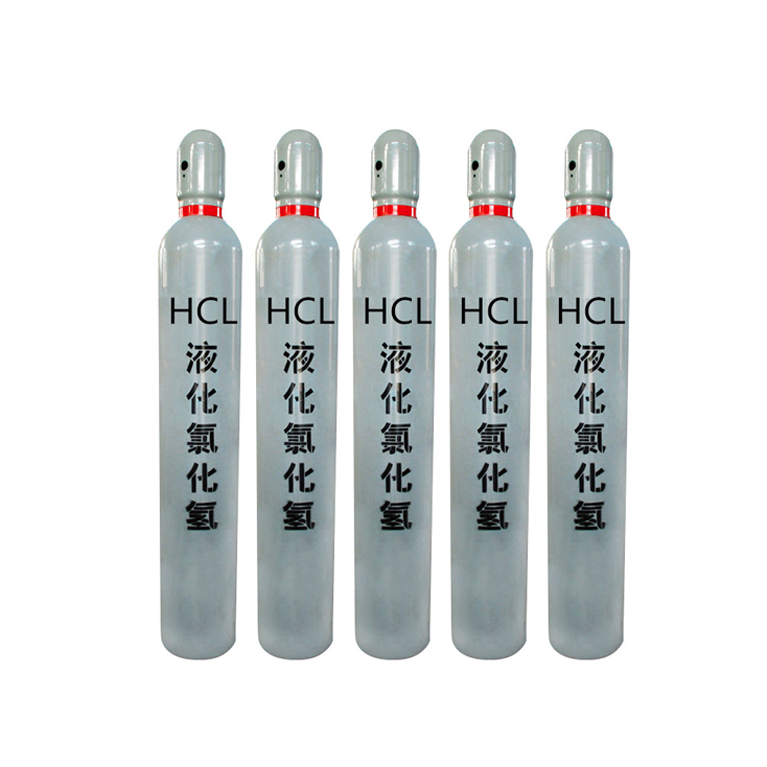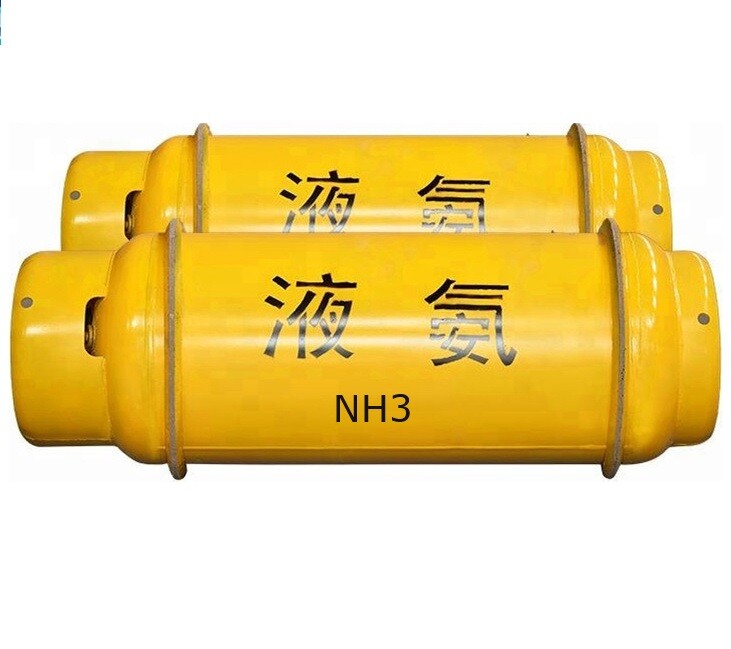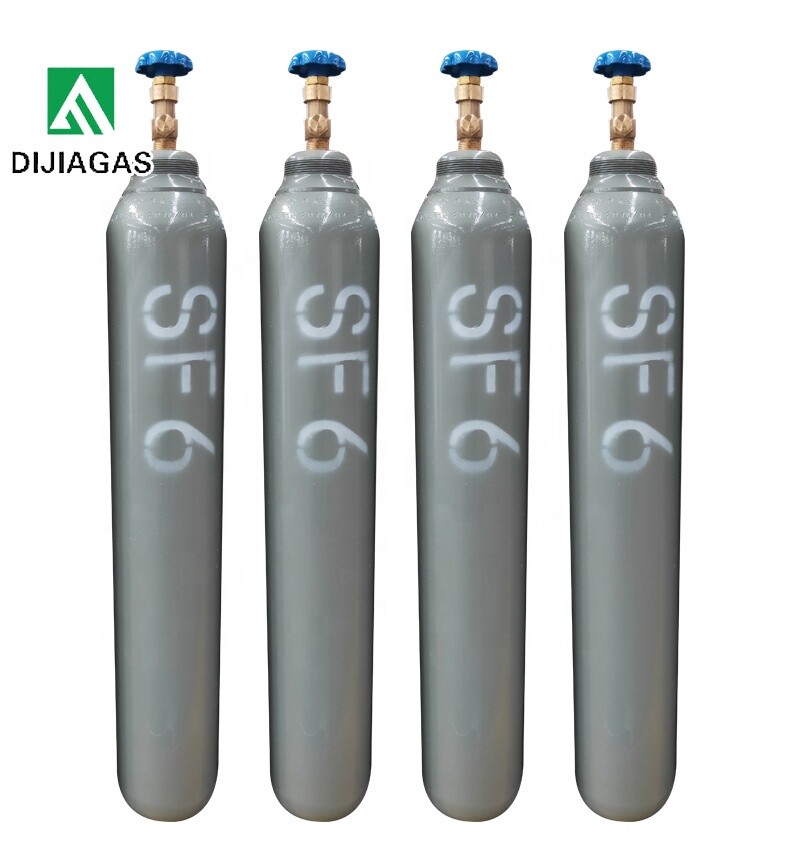What is hydrogen bromide (HBr)?
Hydrogen bromide (HBr) is a diatomic molecule composed of hydrogen and bromine. It exists as a colorless, corrosive gas at room temperature and is highly soluble in water, forming hydrobromic acid. HBr is widely used in industrial and laboratory settings but requires careful handling due to its toxic and reactive nature.

What are the physical properties of HBr gas?
State: Colorless gas (liquefies under pressure).
Odor: Pungent, irritating smell.
Boiling Point: –66.8°C (–88.2°F).
Density: Heavier than air (3.5 times air density).
Solubility: Highly soluble in water (221 g/100 mL at 20°C).
Key Parameters:
Molecular Weight: 80.91 g/mol.
CAS Number: 10035-10-6.
Melting Point: –86.9°C (–124.4°F).
Vapor Pressure: ~20 atm at 21°C.
What is the application of HBr gas ?
Chemical Synthesis: Catalyst in alkylation and oxidation reactions.
Pharmaceuticals: Intermediate in drug manufacturing.
Semiconductors: Etching agent for silicon wafers.
Laboratories: Reagent for organic and inorganic reactions.
How is HBr transported safely?
Due to its corrosive and toxic nature, HBr gas is typically transported in:
Specially Designed Cylinders: Made of corrosion-resistant materials like steel with inner coatings.
Liquefied Form: Under high pressure or refrigeration.
Regulatory Compliance: Labeled as a Class 2.3 Toxic Gas (UN1048) under international transport codes (DOT, IMDG, IATA).
What are the storage requirements for HBr?
Storage protocols include:
Ventilation: Cool, dry, well-ventilated areas away from sunlight.
Material Compatibility: Use non-reactive surfaces (e.g., glass, PTFE-lined containers).
Safety Measures: Leak detectors, PPE (gloves, goggles, respirators), and emergency scrubbers to neutralize accidental releases.
Expert Insight:
Dr. Emily Carter, a chemical safety specialist, warns: “HBr’s high reactivity with metals and moisture demands rigorous storage and handling protocols. Even minor leaks can pose severe respiratory hazards.”
What are the risks of mishandling HBr?
Exposure to HBr gas can cause:
Respiratory Damage: Coughing, lung inflammation.
Skin/Eye Burns: Severe irritation upon contact.
Environmental Harm: Acidification of water bodies if released.
Final Note
Industries using HBr must adhere to OSHA and EPA guidelines, including employee training and emergency response plans. Alternatives like encapsulated HBr solutions are gaining traction for safer handling.
Chat Online






